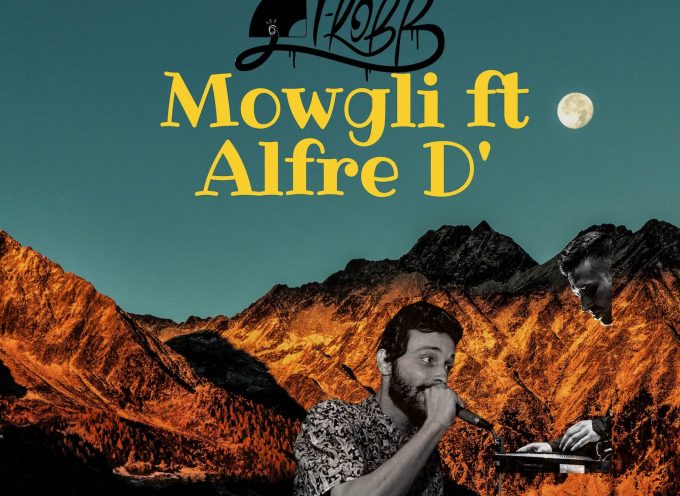Gondwana presumably conducted primitive iguanians and gekkotans, whereas Laurasia need contained ancestral eublepharid geckos, scincomorphans, and anguimorphans. When Gondwana out of cash aside, its iguanians and gekkotans became isolated on the three huge southern landmasses, Africa (agamids, chameleons, and gekkonids), South America (iguanids and sphaerodactyline geckos), and also the Australian area (agamids and diplodactylid geckos).
Gekkonids and skinks spread out widely and turned virtually cosmopolitan. Both crossed ocean by rafting and transferring across secure bridges. Other teams either remained confined to the landmass of source (cordylids, corytophanines, crotaphytines, diplodactylids, gymnophthalmids, helodermatids, hoplocercines, lanthanotids, leiocephalines, leiosaurines, liolaemines, oplurines, phrynosomatines, pygopodids, sphaerodactylines, tropidurines, and xantusiids) or displayed a very restricted dispersal (agamids, anguids, chamaeleonids, iguanids, lacertids, teiids, and varanids). Precisely when and exactly how snakes varied and colonized the continents stays poorly realized, but within snakes, scleroglossan development produced communities because varied as fossorial (adapted to looking) burrowers that live-in social-insect territories (scolecophidians) and water snakes that inhabit worldwide’s comfortable seas (Hydrophiinae).
Phylogenetic relationships and many groups
A basal split in squamate phylogeny developed Iguania (99 genera and about 1,230 kinds), which maintained ancestral faculties (visual ambush predators with lingual prehension and poorly developed vomerolfaction), and Scleroglossa (virtually 6,000 kinds), which implemented latest methods of locating and ingesting prey in addition to acutely painful and sensitive vomerolfaction and hydrostatic (run by fluid demands) forked tongues. Scleroglossa contains dibamids, amphisabaenians, and snakes, but their specific affinities within Scleroglossa continue to be uncertain. Continuing to be scleroglossans, therefore, bifurcated into two huge clades, Gekkota and Autarchoglossa. Gekkota (about 1,000 types) developed elliptical students as well as the power to manage at lowest temps, allowing nocturnal activity. They normally use their particular tongues to clean their lips and eyes spectacles. Geckos got to the night, where they discover a cornucopia of nocturnal arthropods. (Some geckos bring reverted to a diurnal way of life.) The largest applications de rencontre par groupe d’âge and most higher level clade, Autarchoglossa (about 4,800 types), is composed of two more compact sister clades, Scincomorpha (seven categories of lizards, with about 1,800 types) and Anguimorpha (five lizard family members plus 15aˆ“18 snake households, with a maximum of above 3,000 varieties). People in the 3 clades, Iguania, Gekkota, and Autarchoglossa, differ quite a bit in morphologic attributes, biological features, conduct, lifetime histories, and environmental niches, especially in foraging setting.
Iguanians is sit-and-wait ambush foragers that capture cellular prey as they move past her looking station. Many autarchoglossans are far more productive, foraging commonly and seeking prey; this is why, they have entry to inactive and undetectable prey items which tend to be unavailable to iguanians. Productive foraging is much more costly than ambush foraging, throughout regards to power expended and exposure to predators, although profits were better in unhealthy calories received per product times. Autarchoglossans have advanced versatile bones within their muzzles and skulls (mesokinesis and cranial kinesis), more enhancing their ability to capture and subdue big and nimble victim.
Blindsnakes (Scolecophidia) include three people (Anomalepididae, Leptotyphlopidae, and Typhlopidae)
Snake phylogeny has not yet yet been fixed, but three biggest communities include recognized: blindsnakes, primitive snakes, and sophisticated snakes. They are particular burrowers and are considered brother to some other snakes (Alethinophidia), which are organized into four superfamilies (Anilioidea, Booidea, Acrochordoidea, and Colubroidea). Anilioids and booids are thought ancient snakes. As an indication regarding lizard beginnings, boas and pythons nevertheless possess vestigial remnants of hind limbs, known as “anal claws,” which show they are basal members of the ophidian clade. Colubroids, many diverse snakes, are more sophisticated. Larger snakes are known as Macrostomata, which include boids, pythons, acrochordids, and the innovative of most snakes, colubrids, viperids, and elapids. Most snakes tend to be colubrids.





